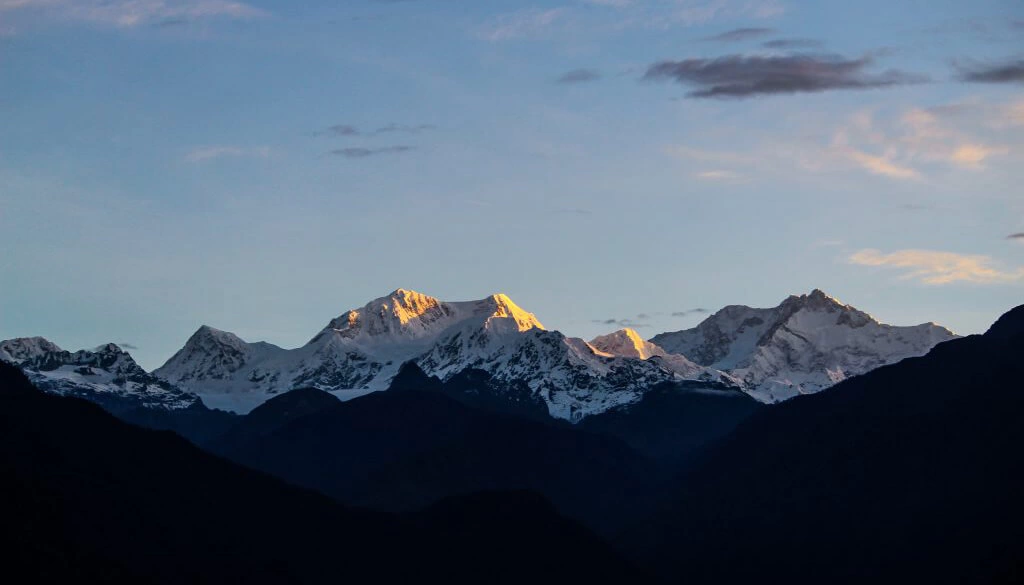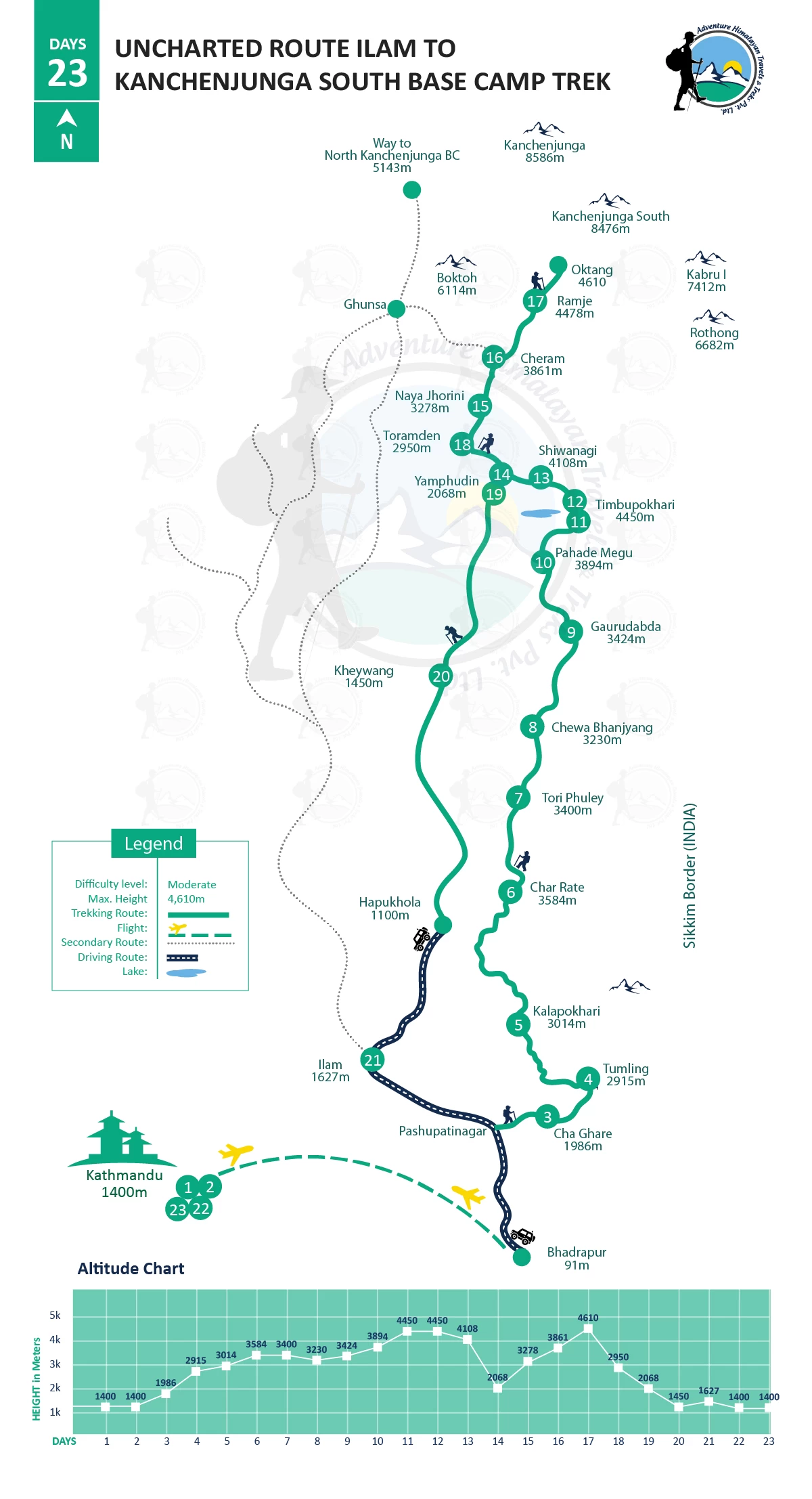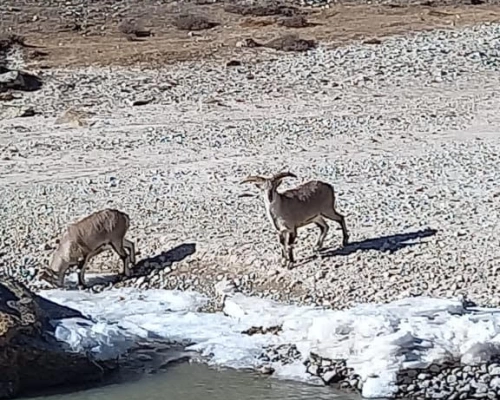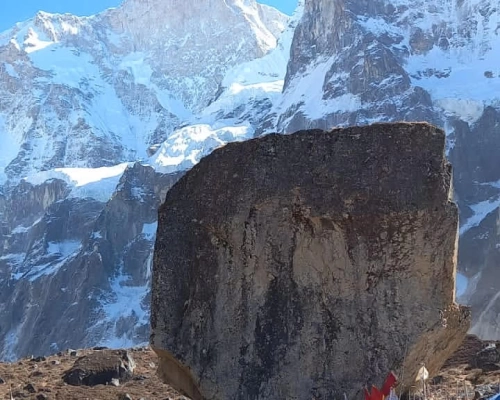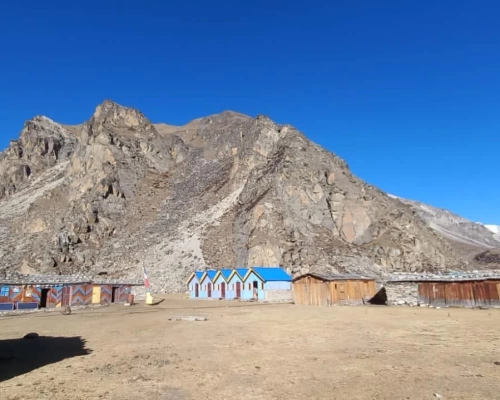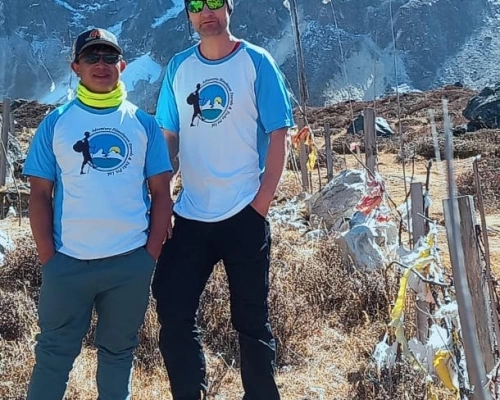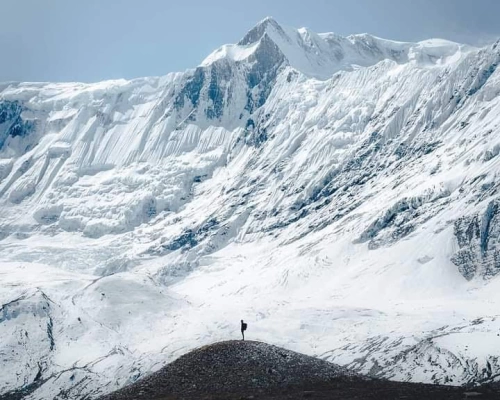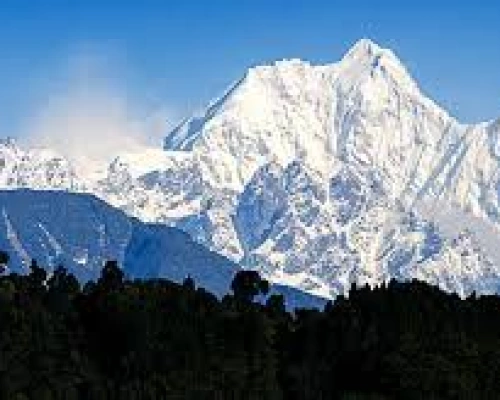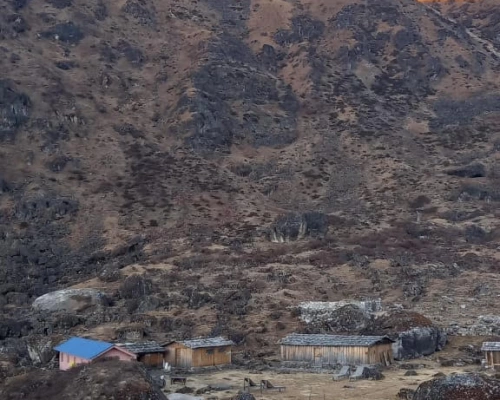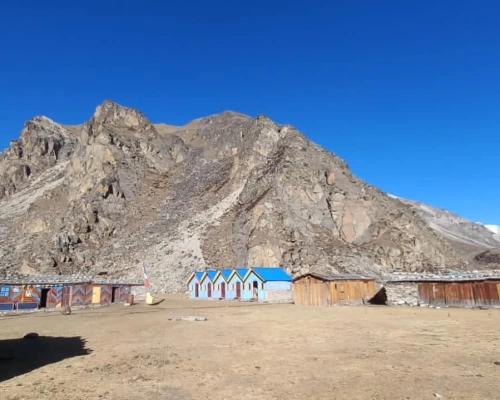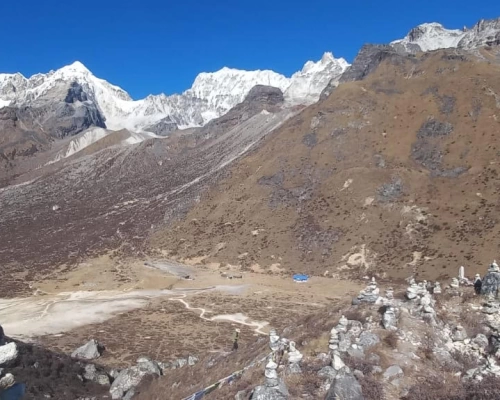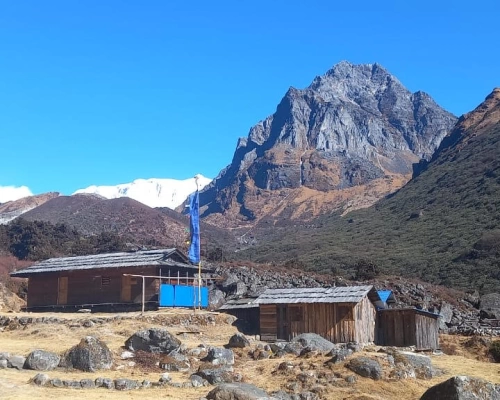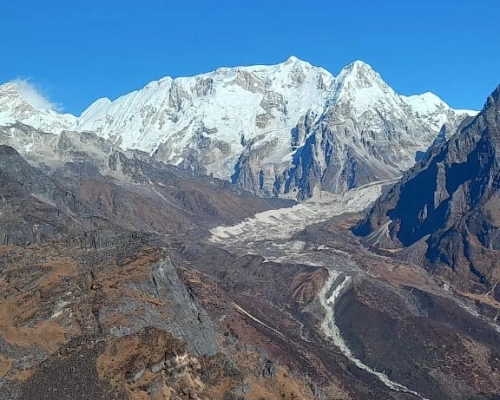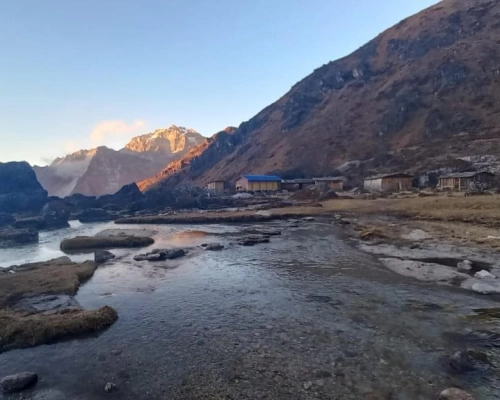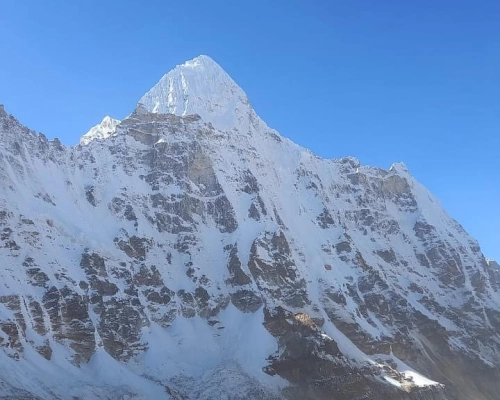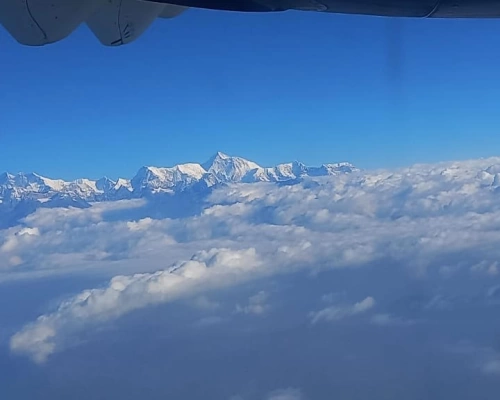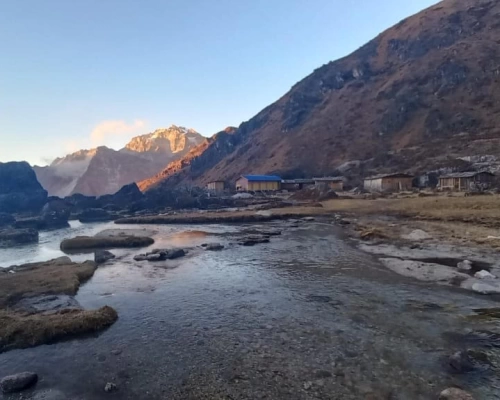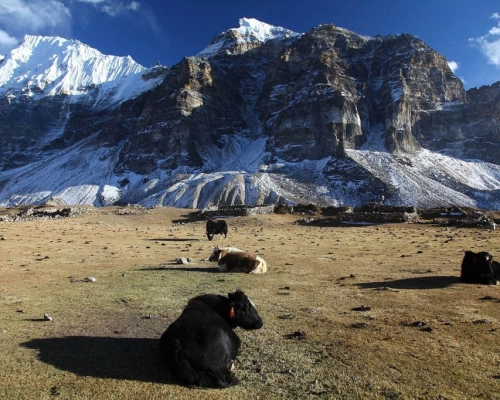Kanchenjunga is in the far eastern part of Nepal and is protected under the Kanchenjunga Conservation Area Project, which is an alternative route for someone seeking peace in nature that encompasses Himalayan coniferous forest, alpine shrubs, meadows, and grassland.
This trek is very new and is specially focused on the south base camp along the most important river in the Mechi Zone, the Mechi River, a tributary of the Mahananda River and Tamor, while the northern part of the zone, mainly the Taplejung district in the eastern Himalayas, consists of several high mountains.
The landscape of Kanchenjunga covers an area of 5,190 sq. km, extending over parts of Jhapa, Ilam, Panchthar, and Taplejung districts in federal province number 1 in the country’s eastern development region, which consists of Mt. Kanchenjunga, the world’s third highest mountain in Taplejung district, as its symbolic icon.
It also has a wide variety of biological and natural resources, as well as a diversity of people and cultural heritage. Throughout the journey, you might get to encounter rare entities such as red pandas, wild cats, snow leopards, deer, wild boar, and thar on different elevation levels while passing through several inhabitants of Gurung, Sherpa, and Rai.
550 species, including eagles, black crows, Lophura leucomelanos, Drongus, Ddicrurus, Parus monticulous, Spiny Babbler, Lophophorus, Eurasian Treecreeper, greater yellow nape, Chilime Himalayan bulbul, streaked spider hunter, vulture, and Columba avians, are found in the national park, with the majority of oaks, fir, Aconitum palmatum birch, maple, and Ekley Bir willow Rhododendron forests.
All these offerings coincided with the holy and religious site of Pathivara Temple, which can present this region as a highly potential destination for tourism in Eastern Nepal.
